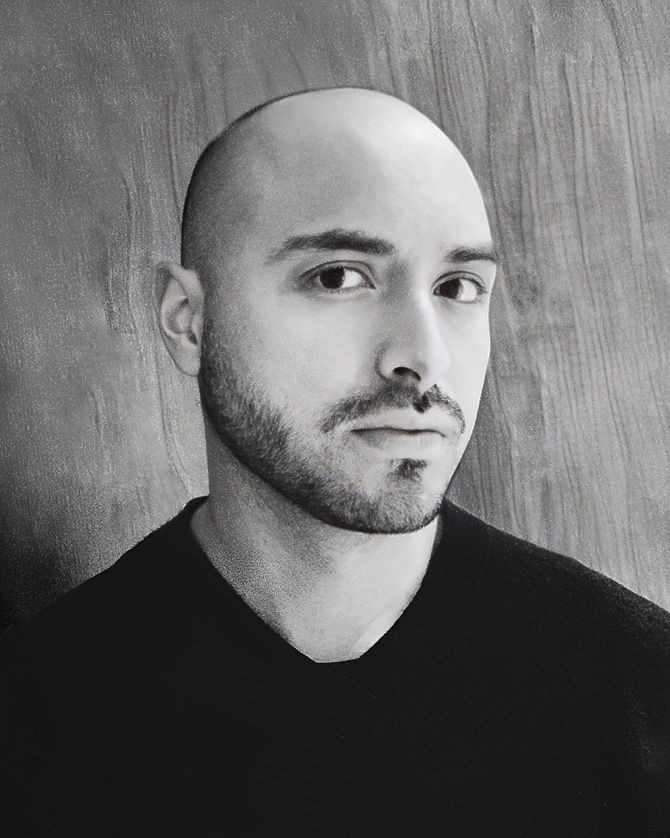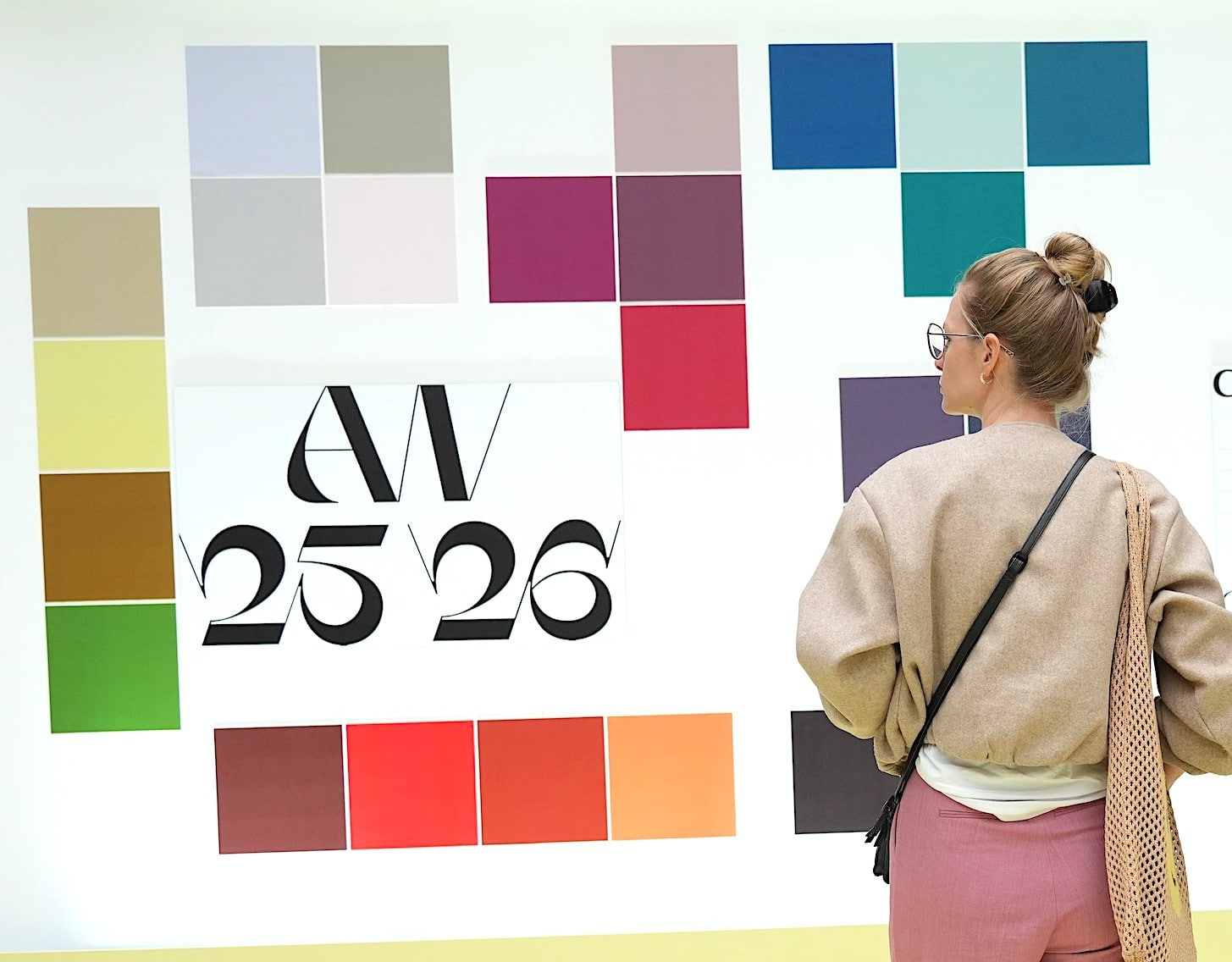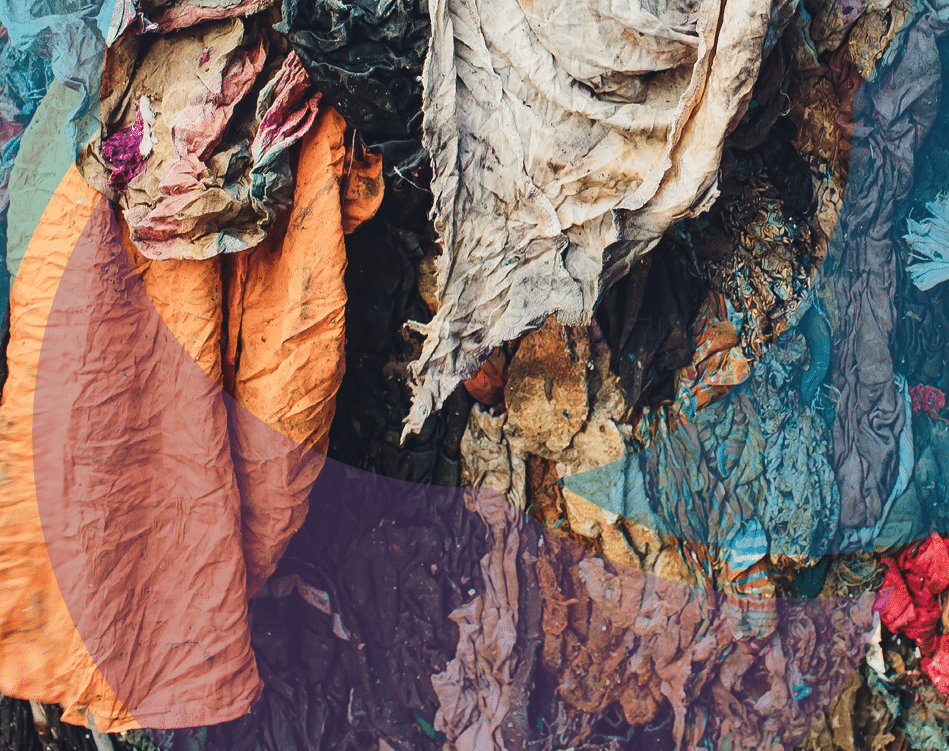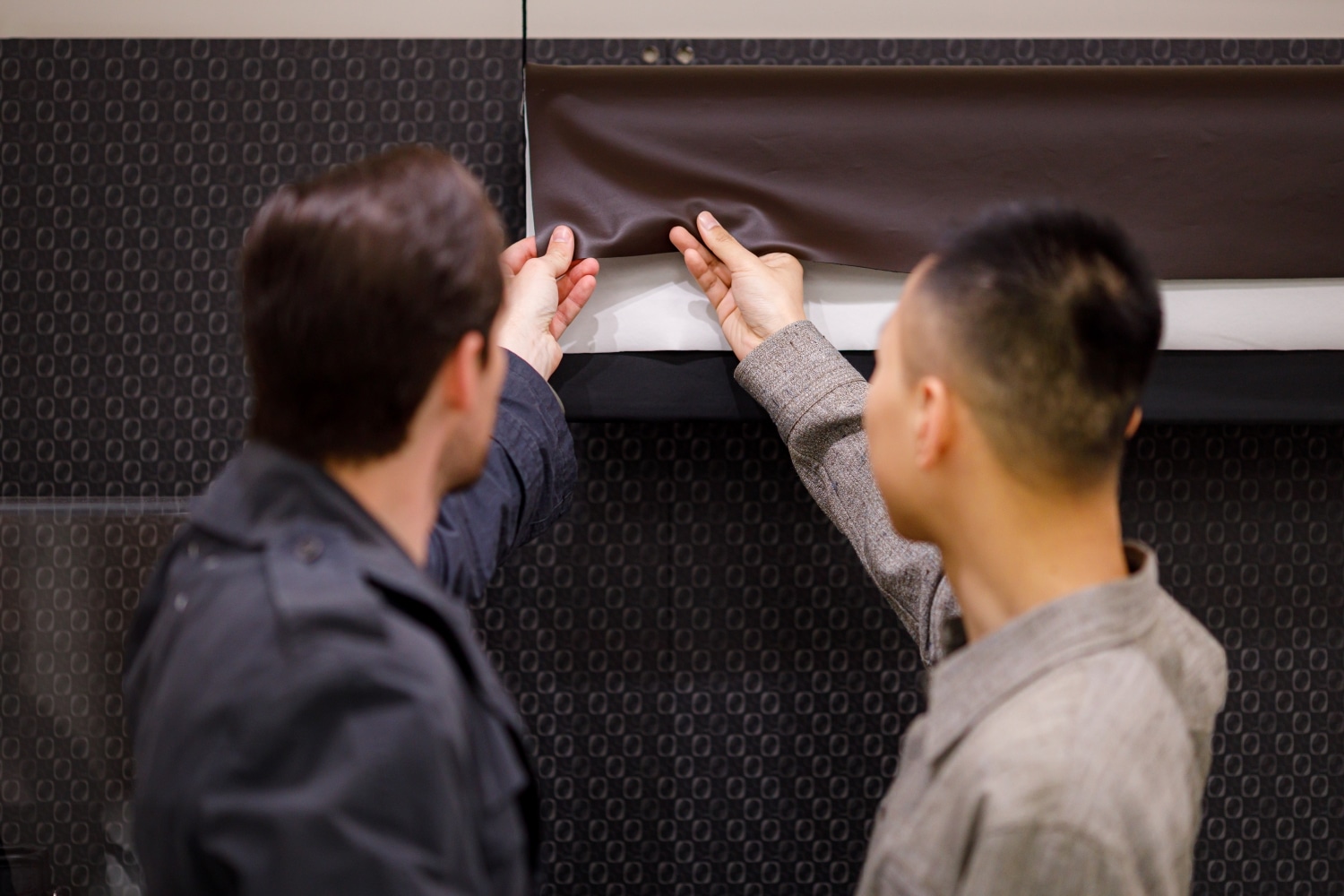
David Cabra: “I have a holistic vision of design”
David Cabra is passionate about biomaterials . After training in fashion design in Europe, he returned to his native Colombia to set up his studio and carry out research for various European and Latin American brands. His holistic vision of design enables him to develop new narratives and find revolutionnary and sustainable alternatives to fashion.
“I don’t like to confine myself to one area, but I would say that I am interested in new futures by exploring materiality, color and durability.”
David Cabra
When did you first become interested in sustainable fashion?
After high school I started to get interested in designing because I could never find interesting men’s clothes in Bogota, that’s where I had my first fashion experience by designing my own outfit for the end of the year ball. From there I started looking for where to study fashion design, but I remember that at the time there were not many options in Colombia.
C’est ainsi que j’ai décidé de me rendre à Barcelone pour étudier à l’école Felicidad Duce (aujourd’hui Lasalle College Barcelona). I think it was the best decision I could have made because, in Europe, my creative vision developed exponentially and I was lucky to have very good mentors. From the beginning, I always thought that menswear still had a lot to explore, especially in terms of colors, silhouettes and materials, and that’s when I started experimenting with new languages in the field of men’s fashion.
I think that’s where I had my first contact with sustainable fashion by developing a project in collaboration with the brand Demano Barcelona. I designed a coat and a backpack made from recycled materials such as PVC advertising banners and kite surf kites.
I think that since this collaboration, my mentality on sustainability and new materials has changed dramatically.
What is your vision of new materials?
I believe that the future cannot be conceived without new materials that are sustainable and, preferably, organic in their ethics. When I talk about materials development, I take a design-based approach. I mention this because historically, when we talked about materials innovation, it was always from engineering, but today, more and more, other creative fields such as design and art bring an “outside the box” vision that is much needed. It is clear that the technical knowledge of engineering and science is fundamental for the creation of materials, but their history has also become very important from the beginning of their design.
This narrative of new futures in colors and materials is the strongest aspect of my work as a designer and is why I have focused on biomaterials and recycling. I strongly believe that third-generation bioplastics made from plants, algae and cellulosic waste have enormous potential yet to be discovered.
Tell us about your Netskin project…
Nextskin addresses a number of concepts related to new materialities in the design industry through research into bioplastics and natural pigments using leftovers from textile and clothing manufacturers.
The Nextskin project is based on two concepts: the first is to use production waste and stock materials not sold in the industry. Composites made from these discarded materials can be produced using the bioplastic formula I developed by encapsulating this waste, allowing the creation of new materials with properties that facilitate their biodegradation and improve their use cycle , thus creating a new environmental balance.
Moreover, during my studies I had obtained a scholarship to follow a Master in Design through new materials at the Elisava school (Barcelona). I had the invaluable opportunity to experience design for the first time in a more holistic, real, non-romanticized way and to be aware of trying to solve design problems through new languages of materials.


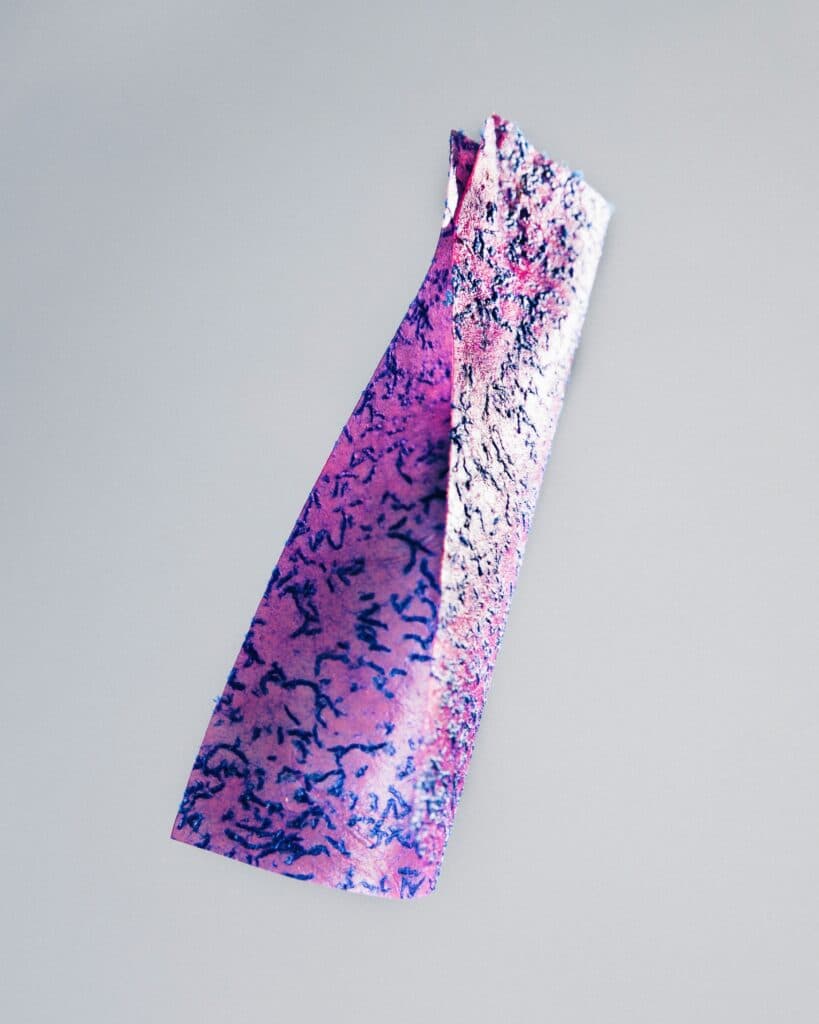
What are third generation biofuels and how are they made?
Third-generation bioplastics or biofuels are made from renewable resources that do not compete with food production, such as algae, agricultural waste, and organic solid waste. They are often biodegradable and compostable, which means microorganisms can break them down into harmless materials.
There are several ways to make third-generation bioplastics. A common method is to use a natural process, called fermentation, which converts sugars into alcohol or other organic compounds. Another common method of making these bioplastics is through a process called polymerization, which combines monomers, which are single molecules, into polymers.
In the specific case of Carbo, which is an algae-based bioplastic, the manufacturing process goes something like this: the first step is to dissolve the algae alginate in water, then additional additives can be added depending on the desired properties of the bioplastic. These additives may include plasticizers, reinforcing or coloring agents, among others. Once the solution is ready, the bioplastic can be shaped using techniques such as casting into molds or extrusion. Once the bioplastic has acquired the desired shape, it is left to dry. During drying, the bioplastic hardens and becomes mechanically stronger.
Have you developed other fashion projects?
Throughout my career I have developed different projects under my own name and in collaboration with brands such as Away to Mars and Demano Barcelona. But perhaps the collection I’m most proud of so far is my final collection for London College of Fashion’s Master of Design in Menswear Design, titled “Functional Hybridization“.
This collection is based on the fact that the urban man is faced with particular situations of use in his daily wardrobe, that is to say that it is necessary for fashion to be utilitarian, but at the same sophisticated time. This is why the collection is based on fabrics that protect against water and pollution, in a symbiotic relationship with the use of accessories such as backpacks. Color is also very important, as it offers alternative textures and shades inspired by the work of Swedish artist Michael Johansson.
This collection has won international awards in competitions such as Mittelmoda in Italy and the “Lapiz de Acero” in Colombia as the best fashion project.

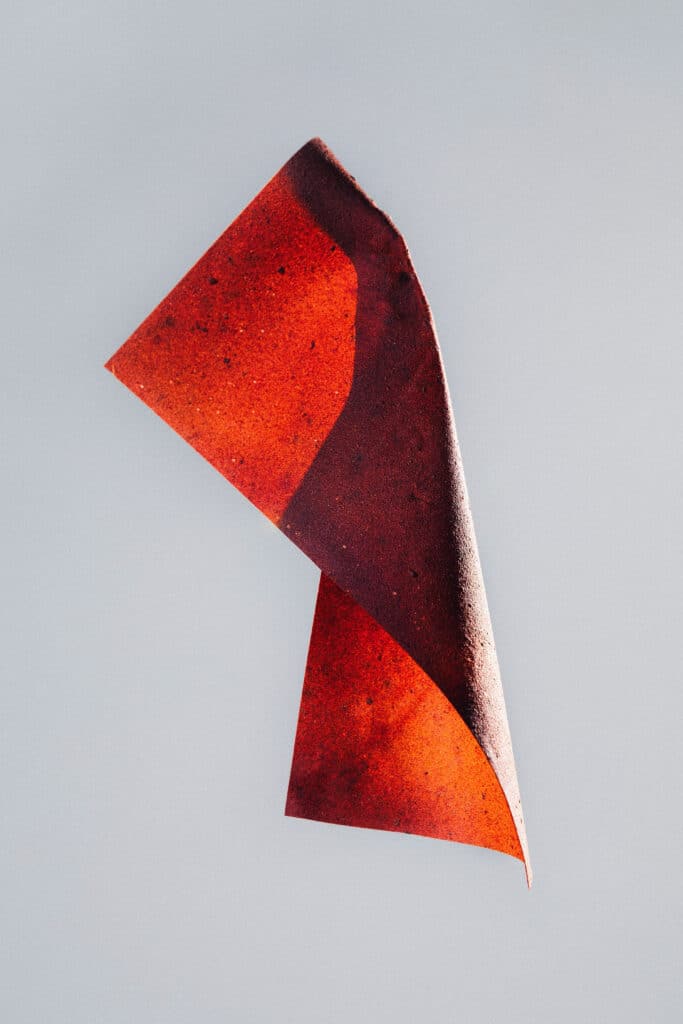
Do you have collaborations with fashion brands at the moment?
At the moment, I don’t have any collaboration proposals with other brands, as I’m working on the development of my new design studio specializing in new biomaterials and fashion, called offm. In principle, I focus on presenting biomaterials such as Carbo and Mader in a context other than fashion, such as art and design in Latin America.
If I could pick any brands I would love to collaborate with, one would definitely be Craig Green, who to me is the most important menswear designer of my generation. Another brand is Nike ISPA, which is based on a design philosophy that uses Nike to create innovative footwear and apparel that meets the needs of modern city dwellers. ISPA products are often made from sustainable materials and feature unique designs that are both functional and stylish.
Finally, I dream that one day Isaac Reina will make a bag with my bioskins.
What are your projects ?
My main project at the moment is to develop new ideas for biomateriality and new futures with my studio offm.
Also, I recently won Best Project in the “Body” category of the “Design Responds” awards sponsored by Index Project +UDD, which gave me the opportunity to participate in a final keynote with the four other best projects of this year in Latin America and to travel to Denmark for the Index Project awards.
I am currently applying for design and art exhibitions to promote my Carbo project.
Artistic Direction & Design : @davidcabra
Photo & Video : @meghanmathews_
Sound : @thelistenfact
Model : @by_shiori_
Couture development : @elolazagareta




